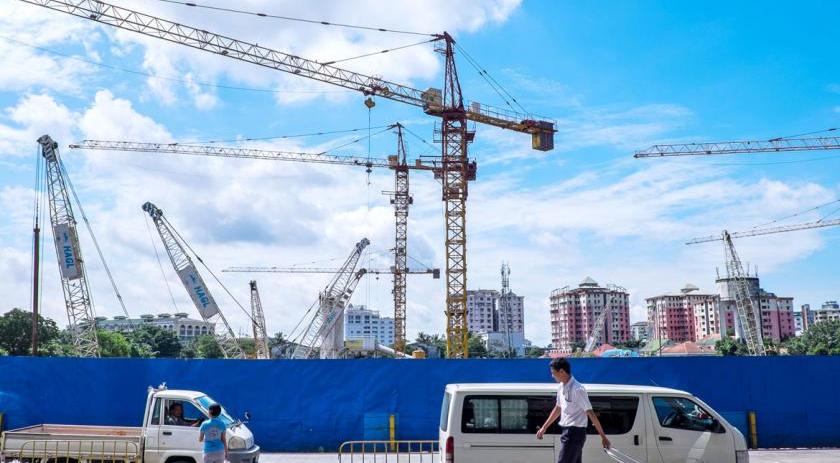
The Central Bank of Myanmar (CBM) will consider further liberalising interest rates and allow private banks more freedom to set their own rates to be more competitive, U Soe Min, deputy governor of the CBM told Parliament on Monday.
The CBM will seek assistance and advice from the International Monetary Fund in doing so and observe what other countries are doing on this front.
Currently, private banks must set their interest rates within the 8 percent deposit rate and 13pc borrowing rate stated by the CBM. The Central Bank rate is 10pc.
U Soe Min stressed that the liberalisation process will be a slow and gradual one. “Some other countries took up to 20 years to liberalise interest rates. These rates cannot be reduced or raised immediately. Adjusting interest rates requires the country to have deep capital markets and this will take time to develop,” he said.
Meanwhile, the CBM will continue setting and refining regulations for financial institutions to establish more financial stability in Myanmar. That, in turn, will encourage a further deepening of the capital market.
The paid-up capital in the banking sector at the end of fiscal 2017-18 was nearly K3 trillion, which is up by 5.3pc compared to the year before, according to U Soe Min.
“Regulations under the Financial Institutions Law and Central Bank law will be enforced to ensure capital soundness, sound management and liquidity in the banking sector. And, if required, on-site inspections will be carried out,” he said. Ultimately, the aim is to align the sector with international standards.
Meanwhile, “the CBM is making arrangements to establish a Foreign Currency Regulation Framework to reduce volatility in the exchange rate,” said U Soe Min.
A stable exchange rate is essential to encourage more exports and draw more foreign currency into the country.
“The depreciation of the Myanmar kyat largely depends on the country’s foreign currency reserve, economy, financials and macroeconomy,” he said. – Translated












